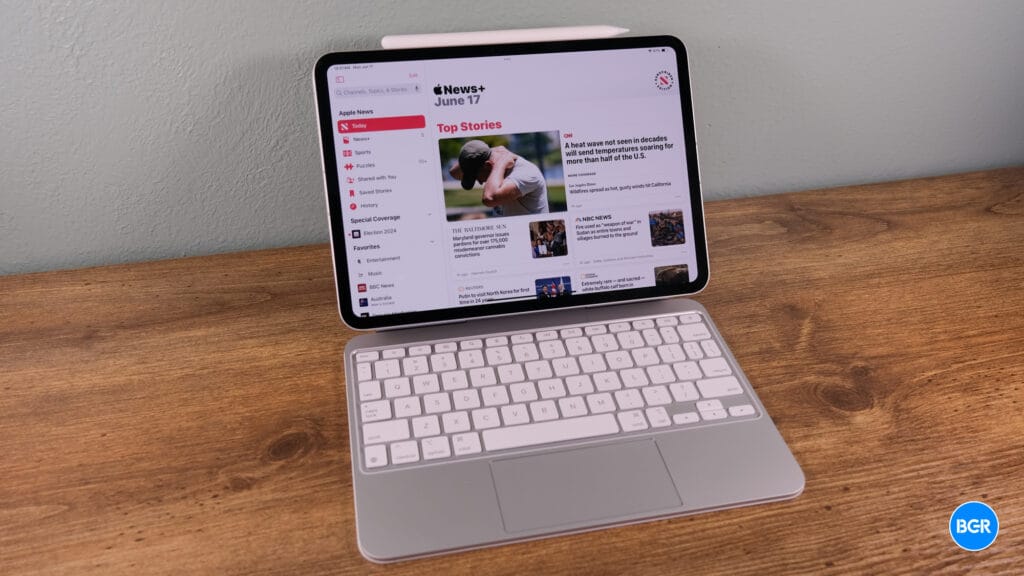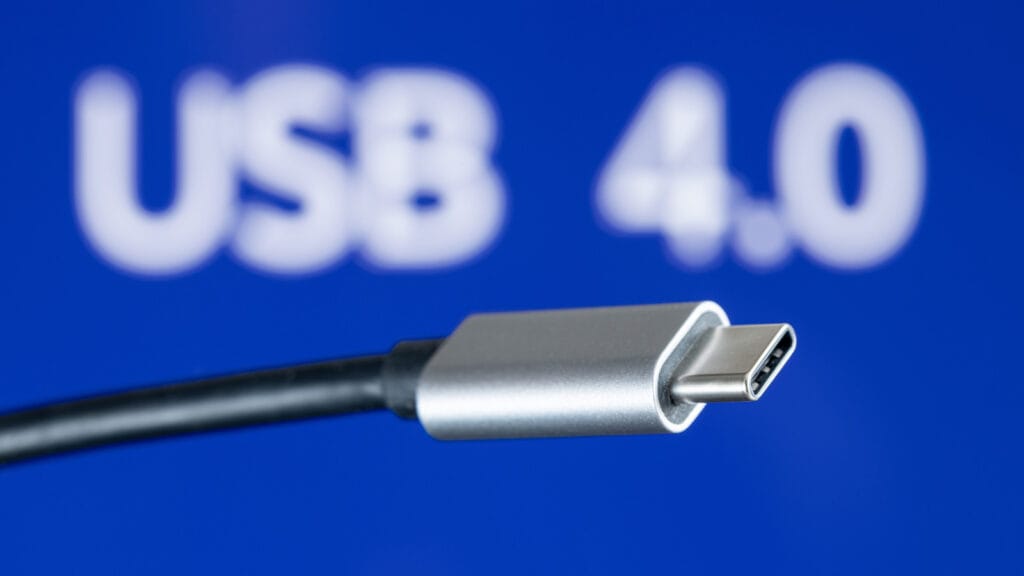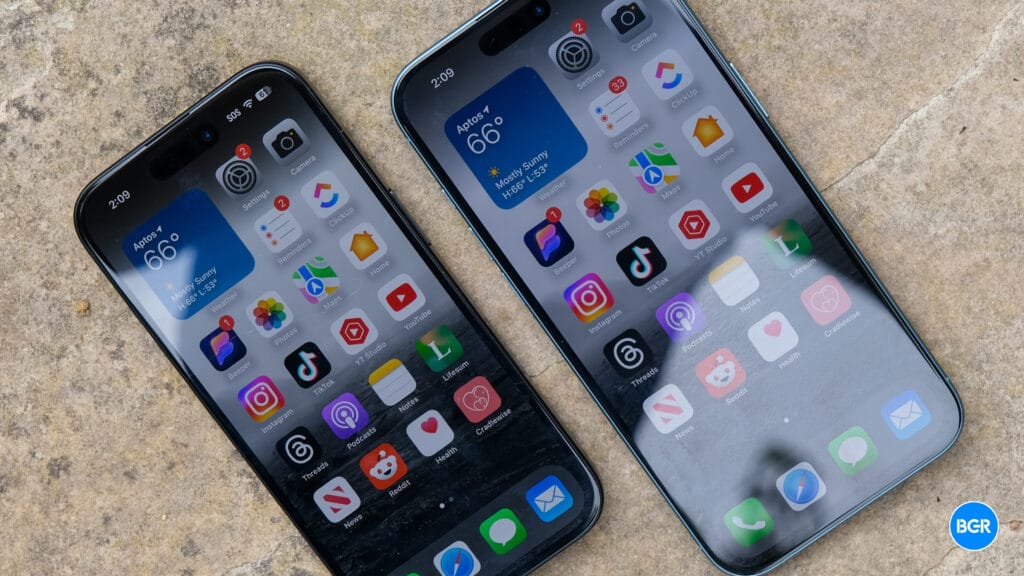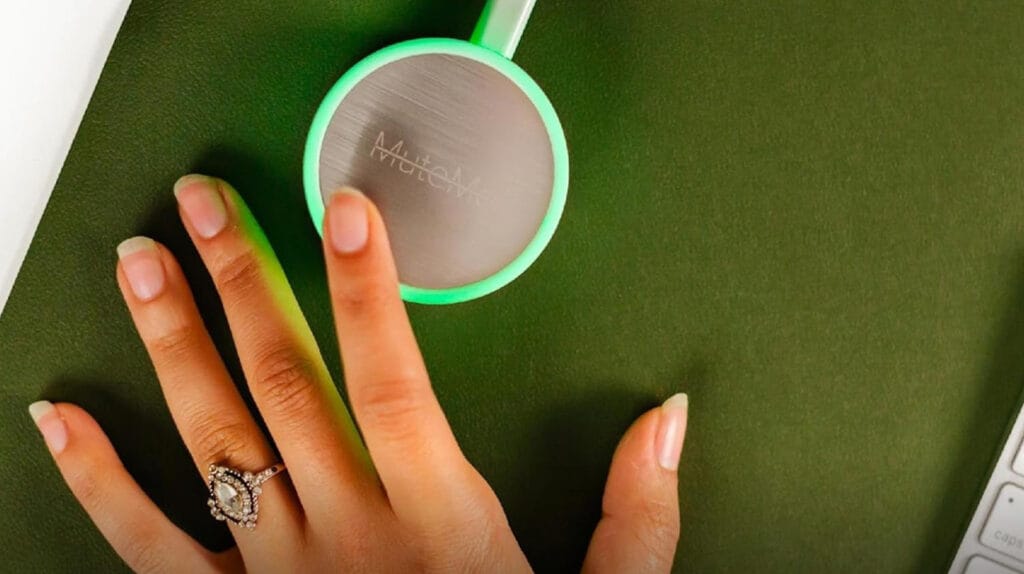I won’t blame you if you’ll keep thinking about the ultra-thin M4 iPad Pro once you’re done using one in a store. The tablet is incredibly thin and light, the OLED screen is amazing, and the M4 chip guarantees great performance and battery life. The 2024 iPad Pro will also support Apple Intelligence once it’s out later this month.
But, also, I won’t blame you if you decide not to pay $999 or $1,299 for an incredibly powerful computer that’s not a complete computer. It’s iPadOS 18 that made me think twice about buying the M4 iPad Pro. I didn’t go forward with the purchase.
It turns out others might have had similar thoughts. The M4 iPad Pro isn’t selling that well. A recent report from display expert Ross Young says that Apple has cut orders for both 11-inch and 13-inch OLED panels. Ross further said that iPad Pro sales will fall way short of expectations. Initial estimates saw Apple selling 10 million combined units. Ross now estimates that Apple will sell just 6.7 million iPad Pros.
Apple hasn’t shared details about M4 iPad Pro sales, but it’s scheduled to announce its quarterly results for the September period soon. Even then, Apple won’t single out M4 iPad Pro sales. It doesn’t do it for any other product.
Tech. Entertainment. Science. Your inbox.
Sign up for the most interesting tech & entertainment news out there.
By signing up, I agree to the Terms of Use and have reviewed the Privacy Notice.
Ross has looked at OLED panel shipments for the two tablets. That’s how he concluded the M4 iPad Pros aren’t selling as well as expected:
Preliminary Q3’24 figures show a 40% decline in OLED iPad Pro panel shipments and Q4’24 is expected to be down over 30%. The higher priced 13” models are seeing the largest reductions as shown below, down over 50% in Q3’24 and are expected to be down 90% or more in Q4’24. It appears that after satisfying the early adopter demand with a large number of panels shipped in Q2’24 for the product launch, demand has really dried up.
Ross also pointed out the big problem with this highly sophisticated product. You’re paying a high price for “a product that is typically complementary to a smartphone or a laptop.”
The reason the iPad Pro is “complimentary” concerns the software. iPadOS 18 looks a lot like its predecessor. That’s why I’m not ready to pay that much for the iPad Pro, no matter how amazing the hardware is. I just don’t trust the tablet to be a reliable replacement for my MacBook, so I can’t justify paying that much for what would turn out to be a device I use for entertainment most of the time.
Don’t get me wrong, I don’t want to transition to an iPad for all my computing needs. But it could be a great computer to take with me when I travel. Unfortunately, iPadOS multitasking isn’t good enough for me. I’d like it to mimic more the MacBook experience rather than the Stage Manager (at best) multitasking I get in iPadOS.
Also, remember that to make the iPad Pro a more productive device, you’d have to pair it with a keyboard. A Magic Keyboard costs another $299.
Ross points out the same thing in his analysis. The iPad Pro is “‘a nice to have’ product rather than a necessity given the limitations of the iPadOS which along with the high price is limiting demand.”
For $1,300 to $1,600, you can pick a great MacBook Air or Pro computer rather than an M4 iPad Pro and keyboard combo. At this point, I’d rather upgrade the laptop more often and buy a cheaper iPad. That probably won’t change until Apple makes a few radical changes to iPadOS.
These changes might be coming soon, if Apple does release a foldable MacBook/iPad at some point in the coming years. Until then, we have the iPad mini 7 and the iPad 11 to look forward to. The former should be unveiled alongside the M4 MacBook Pro and other M4 Macs in the coming weeks.





